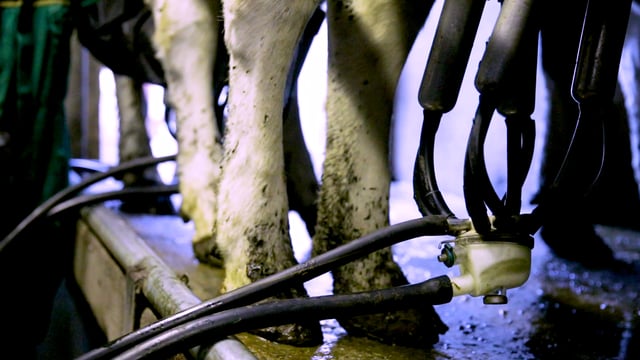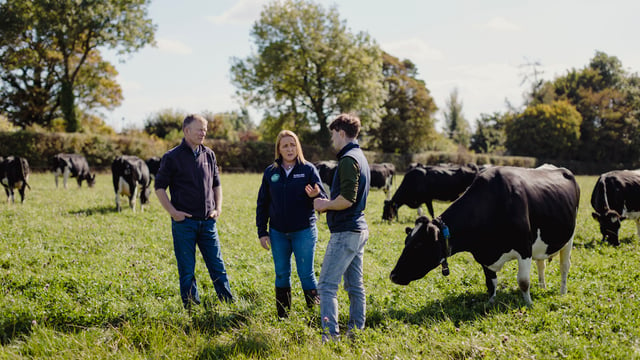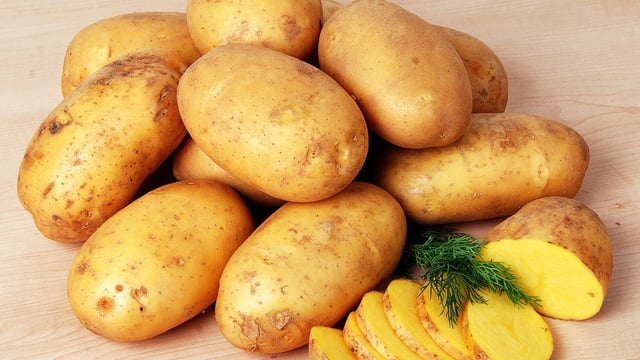EU certification framework for carbon farming gets green light
The European Council has today (Tuesday, November 19) given its approval to the EU certification framework for permanent carbon removals, carbon farming and carbon storage in products.
The council said that the regulation will be the first step in introducing a comprehensive certification framework for carbon removals and soil emission reductions into EU legislation.
It is anticipated that the voluntary framework will help the EU to achieve its goal of climate neutrality by 2050.
Carbon farming aims to sequester carbon dioxide (CO2) from the atmosphere and store it in soils and reward farmers for reducing emissions and increasing carbon sequestration.
Carbon farming
The new regulation, which cleared its final hurdle today, covers the following activities across the EU:
- Permanent carbon removals that capture and store atmospheric or biogenic carbon for several centuries (for example, bioenergy with carbon capture and storage, direct air capture with storage);
- Carbon storage activities that capture and store carbon in long-lasting products for at least 35 years (such as wood-based construction products);
- Carbon farming activities that enhance carbon sequestration and storage in forests and soils, or that reduce greenhouse gas (GHG) emissions from soils, carried out over a period of at least five years (for example, reforestation, restoring peatlands or wetlands, improved fertiliser use).
In order to meet the EU certification standard, carbon removal activities will have to meet four overarching criteria in order to be certified:
- They must bring about a quantified net carbon removal benefit or net soil emission reduction benefit;
- They must be additional, meaning that they go beyond statutory requirements at the level of an individual operator and they need the incentive effect of the certification to become financially viable;
- They must aim to ensure long-term storage of carbon while minimising the risk of carbon release;
- They should do no significant harm to the environment and should be able to result in co-benefits to one or more sustainability goals.
In addition, the EU has said that eligible activities will need to be independently verified by third-party certification bodies.
Certification schemes will be in place for operators to prove compliance with the regulation.
The EU said that these schemes will be subject to "robust and transparent monitoring, verification and reporting rules to promote trust in the system and ensure environmental integrity".
Mechanisms will also be in place for operators in order to address any release of captured carbon back into the atmosphere.
The regulation will now be published in the EU’s Official Journal and enter into force 20 days after its publication. It will then become directly applicable in all EU member states.
In four years' time, the European Commission will establish an electronic EU-wide registry "to ensure transparency and full traceability of the so-called certified units".
These units will be issued to reflect carbon net benefit generated through certified carbon removal and soil emission reduction activities.
The new regulation to create a voluntary EU framework to certify high-quality carbon removals was proposed by the commission in November 2022.
After three rounds of negotiations, the EU co-legislators reached an agreement on the final shape of the regulation on February 20, 2024.











